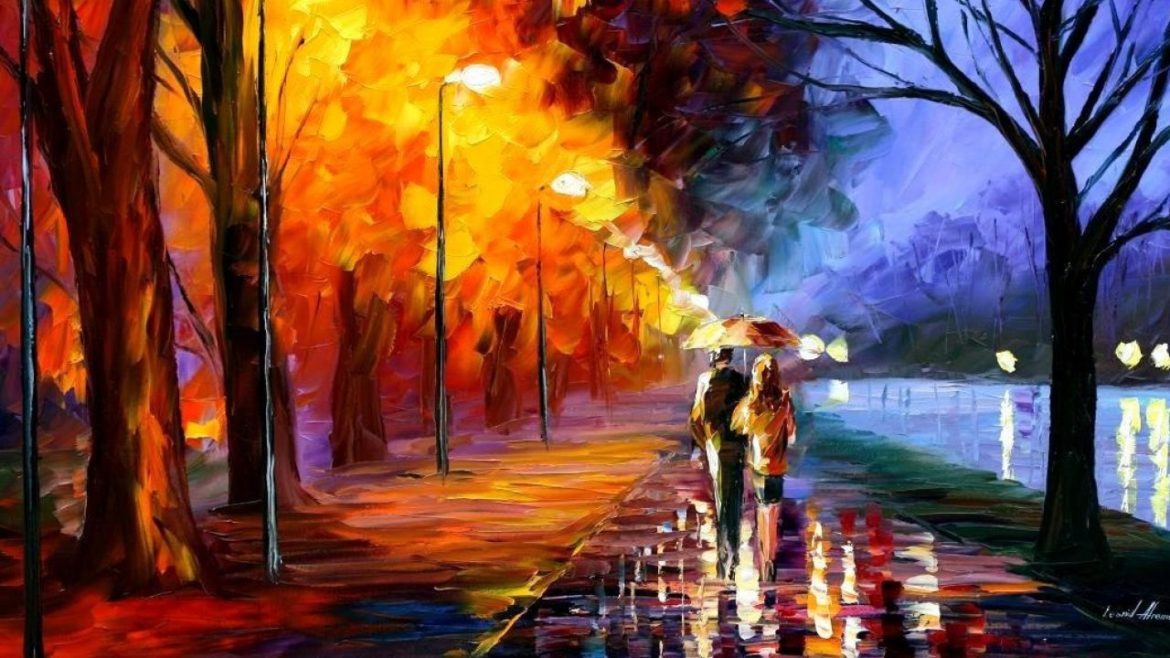Museums around the world are struggling to cope under COVID-19 lockdowns. While some have turned to online exhibits, others are doubting whether they can survive.
Written content from Stefan Dege
Located near Hamburg’s famed but now shuttered fish market, the Hamburger Kunsthalle museum is in lockdown yet its walls are freshly adorned with paintings by Italian master Giorgio de Chirico (1888 to 1978). His dreamlike cityscapes painted between 1909-1919 were a forerunner to surrealism, and can now be enjoyed via a virtual online tour. The exhibition opening was also live streamed to the public.
De Chirico is “the painter of empty spaces, the painter of nightmares in the midst of society,” said Kunsthalle museum director Alexander Klar at the opening of the “Magical Reality” exhibition.
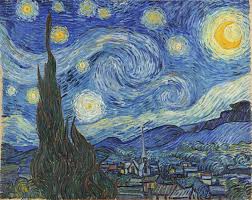
Also featuring works by Carlo Carrà, Giorgio Morandi, Alberto Magnelli and Pablo Picasso among others, the show has been made available to the public in the midst of a crisis. Yet countless museums, galleries and exhibition venues around the world are struggling to adapt to the ongoing COVID-related closures.
Exhibits only a mouse click away
According to arecent survey conducted by the International Council of Museums, about 95% of all museums around the world were closed due to the coronavirus. Art institutions reacted differently to having their doors shut. Some had to put staff on leave; others laid off up to half of their employees. Many museums successfully focused on expanding their digital archives and social media activity.
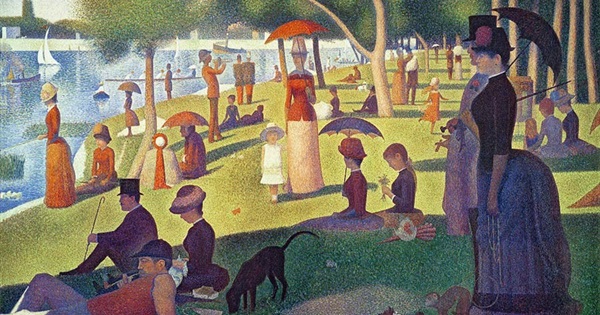
The Rijksmuseum in Amsterdam typified the shift online. The home of masterpieces by Dutch Golden Age painters such as Rembrandt and Johannes Vermeer, the museum had two million fewer physical visitors in 2020. But during that time, the museum’s digital audience grew rapidly. After an extensive overhaul of the Rijksmuseum’s website, its social media followers increased by 23% to 1.4 million.
But while 5.5 million visitors also stopped by the museum website to view art at the museum, are online ticket receipts financially sustainable in the long term?
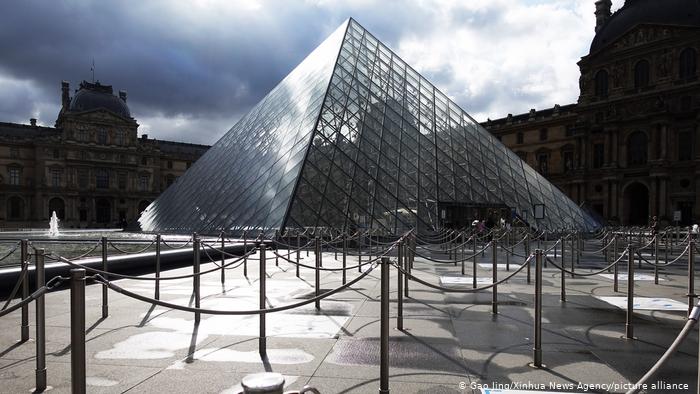
Crunching the numbers
The Louvre in Paris has addressed this question by turning to fundraising campaigns to limit the financial damage it suffered during the pandemic. About three quarters of its annual visitors stayed at home in 2020, especially travellers from remote countries like China and US. Despite a major Leonardo da Vinci exhibition in the spring of 2020 when it reopened, the Louvre is predicted to have lost around 90 million euros in revenue last year.
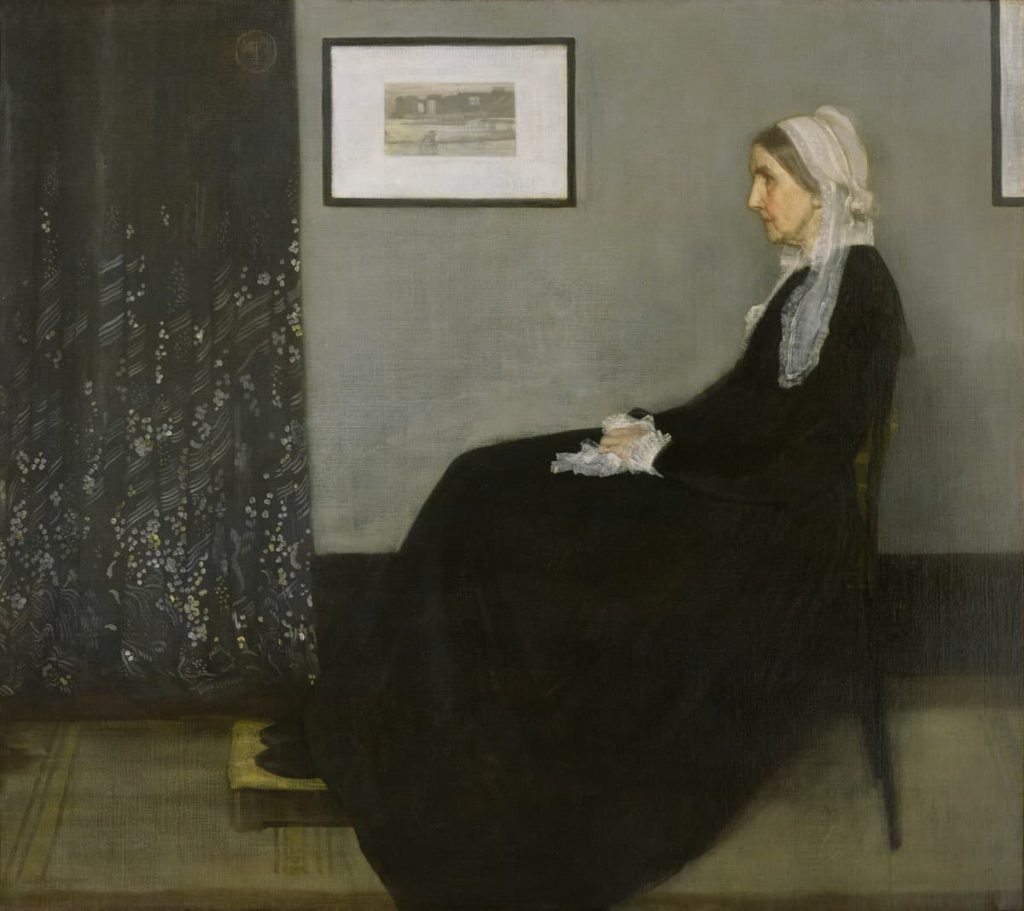
In response, the world renowned institution has been ramping up its online content. The gallery hosted and live-streamed a new years eve concert featuring star DJ David Guetta. It has also raised million euros via art auctions, and has distributed the documentary “A Night at the Louvre: Leonardo da Vinci” online — and in cinemas when they are reopened. Read more from DW

